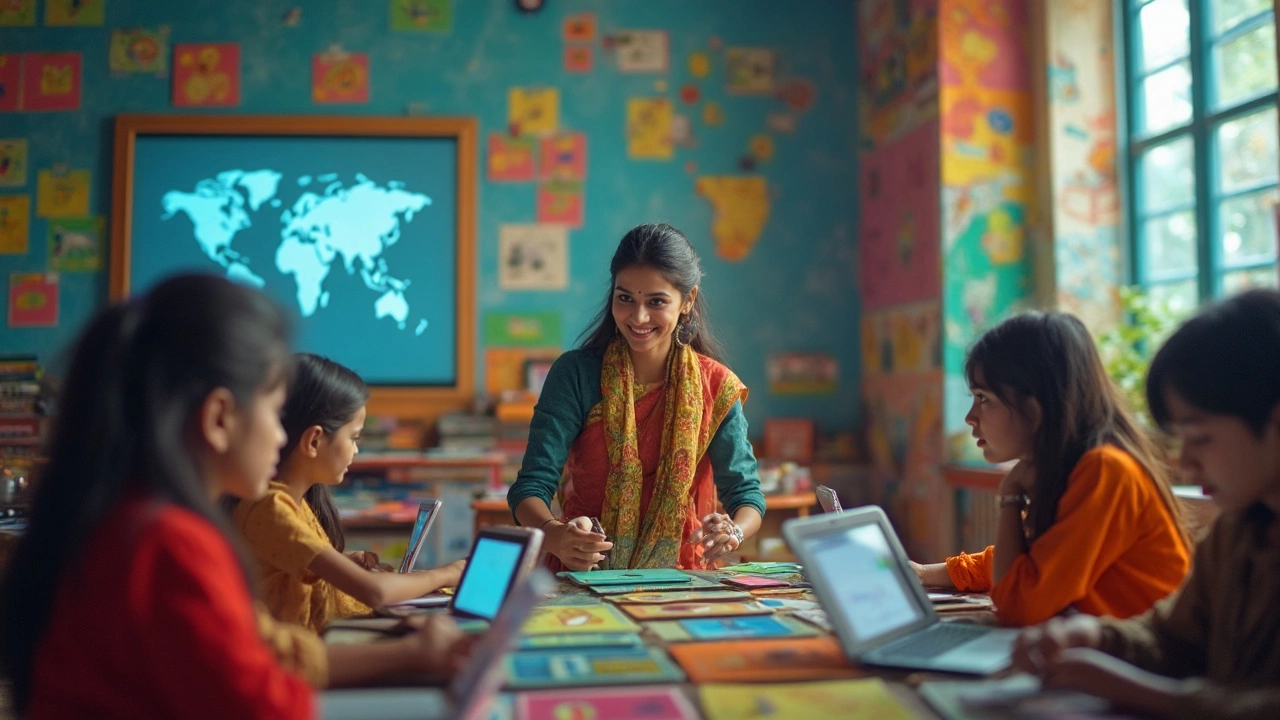Online Learning Process: How It Works and What You Need to Know
When you start an online learning process, a structured method of gaining knowledge through digital platforms that combine content, interaction, and feedback. Also known as eLearning, it’s not just about clicking play on a video—it’s about systems built to help you actually learn, remember, and apply what you’ve studied. Many think it’s just watching lectures from home, but the real online learning process includes quizzes, peer discussions, progress tracking, and deadlines—all designed to keep you engaged without a physical classroom.
Behind every successful online course is a mix of key tools: eLearning platforms, digital systems like Moodle, Canvas, or Teachable that host content, track progress, and manage assignments, virtual classrooms, live video sessions where students and teachers interact in real time, and digital education, the broader field that includes everything from MOOCs to micro-credentials delivered online. These aren’t optional extras—they’re the backbone of any effective learning experience. If your course skips feedback loops or doesn’t let you test your understanding, it’s not truly leveraging the full potential of the online learning process.
People who thrive in online learning don’t just wait for content to appear—they set schedules, join discussion groups, and revisit material like they would in a traditional class. The difference? They control the time and place. You can study at 2 a.m. or during your lunch break, but you still need discipline. That’s why the most successful learners treat online courses like real jobs: they show up, they do the work, and they ask questions when they’re stuck.
Some courses promise you’ll learn everything in a week. Others take months. The truth? The online learning process works best when it matches your goals. Need a quick skill? Look for short, project-based programs. Want a full credential? Choose one with clear milestones, assessments, and support. The right system doesn’t just deliver information—it builds habits.
Below, you’ll find real examples of how people use the online learning process to change careers, pass exams, or pick up new skills—without ever stepping into a classroom. Whether you’re trying to save money, fit learning around a job, or just learn at your own pace, there’s a path here that fits your life.
Understanding the 4 Stages of eLearning: A Roadmap for Success
Posted by Aria Fenwick On 7 Mar, 2025 Comments (0)

eLearning has revolutionized the way education is delivered and consumed. This article breaks down the 4 crucial stages of eLearning, helping educators and learners alike navigate the process effectively. From determining goals to evaluating outcomes, these stages ensure a structured learning experience. Armed with tips and insights, readers can optimize their online learning journeys. Whether you're new to eLearning or looking to refine your approach, understanding these stages is key.




